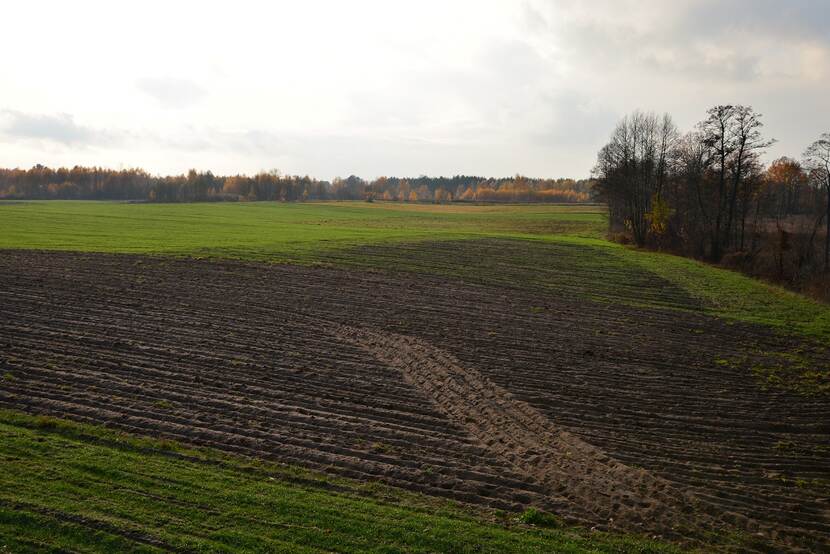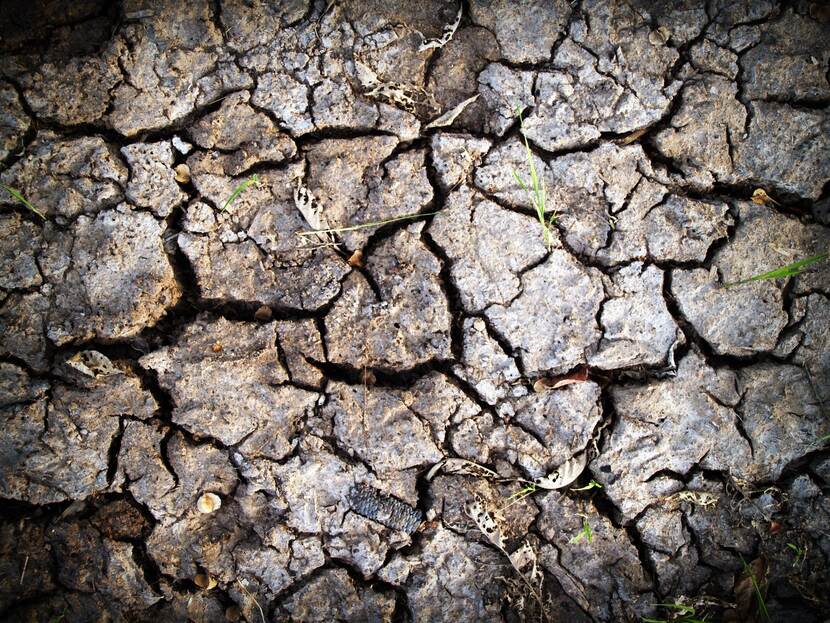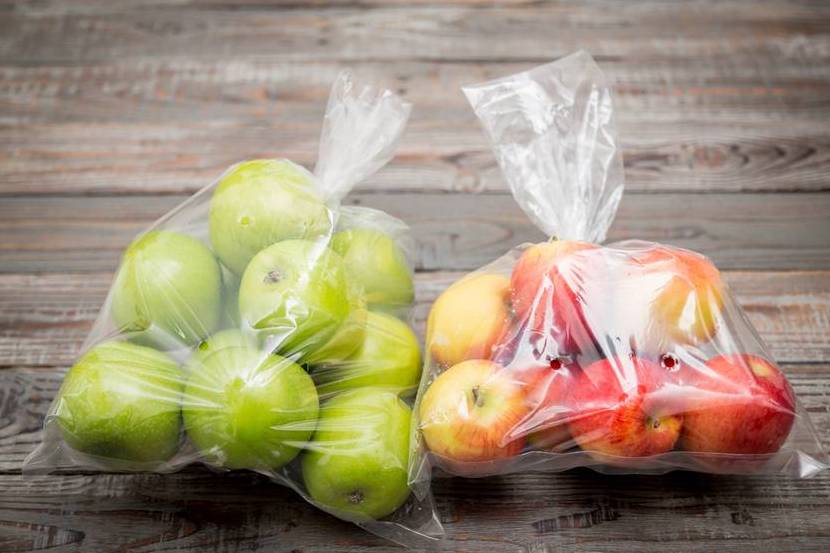Poland, brief agricultural news week 4, 2020
What happened in Poland last week? A brief overview of agricultural news.

Higher agricultural tax in Poland
As from 2020 Polish farmers have to pay a higher agricultural tax, because the rate of 1dt of rye has rised.
The amount of agricultural tax depends on the average rye purchase price. The Central Statistical Office of Poland already in October 2019 informed that the average rye purchase price on the basis of which agricultural tax is calculated for the next year increased from PLN 54.36 for 1dt (deciton=100kg), which was the basis for tax calculations in 2019, to PLN 58.46 / 1dt rye. Such a price was established according to the rules of the Act on Agricultural Tax, so it is the average of the 11 quarters preceding the tax year 2020.
A tax equivalent to 2.5 dt of rye must be paid for 1 conversion ha of land that is part of a farm, so a farmer must pay tribute in the amount of PLN 146.15 for each hectare of land. According to the Central Statistical Office, the average farm in Poland has an area of 10.95 ha, so its owner will pay an agricultural tax of PLN 1600.34. In the case of a 50-hectare farm, its owner must contribute PLN 7,307.5 to the commune's budget.
This is the highest tax that farmers have to pay since many years.
Source: Farmer.pl

Agricultural drought noted already
Polish Waters informed that data on soil moisture indicate the existence of a very strong atmospheric and agricultural drought in six regions of Poland. According to the data, drought is present today in Kujawy, Greater Poland, Western Pomerania, Warmia and Mazury in Pomerania, and the Łódź Province.
The soil moisture index in January 2020 had already dropped below 40- 35% in the soil profile at a depth of less than 1 meter.
The reason for such a low level of soil moisture is dry and warm winter. snowfall, usually intense during this period in Poland, feeds rivers, streams and soil and allows it to increase its moisture level. This year, just like last year, it is different. As a result, agricultural and atmospheric drought can already be observed in the several areas of Poland.
Source: 300gospodarka.pl

Poles use 160 kg of packaging per year
According to the Polish Economic Institute, the average Pole uses an estimated 160 kg of packaging per year. Poland’s packaging consumption is lower than the EU average of circa 180 kg. Although packaging consumption in Poland is on the rise with an annual increase of nearly 12% in recent years. Poland has one of the biggest packing industries in Europe. However, new regulations regarding waste recycling might put a stop to the growth within the packaging industry.
Poland produces around 6 million tonnes of packaging per year. The share of plastic packaging in Poland is 40%, paper 37%, light metal 12% and glass packaging accounts for 10%. The Polish packaging industry consists of 2300 production companies, 1200 packaging services providers, and 800 companies in the area of distribution. The plastics industry in Poland has an annual turnover exceeding 80 billion PLN and employs more than 160.000 employees. The main packaging destination is the food and beverage sector. The food and beverage industry has a market share of 64,8% of Poland’s packaging, with a value of 4,9 billion EUR (20,8 billion PLN).
The packaging industry will soon have to cope with new regulations regarding waste recycling. By July this year, EU member states will have to implement regulations from the EU directive on packaging and packaging waste. The new regulations include an obligation for EU member states to recycle and reuse 50% of packaging waste in 2020. In 2017, Poland recycled already about 58% of its packaging waste, up from 29,5% in 2005.
Source: PAP, European Environment Agency, Polish Chamber of Packaging